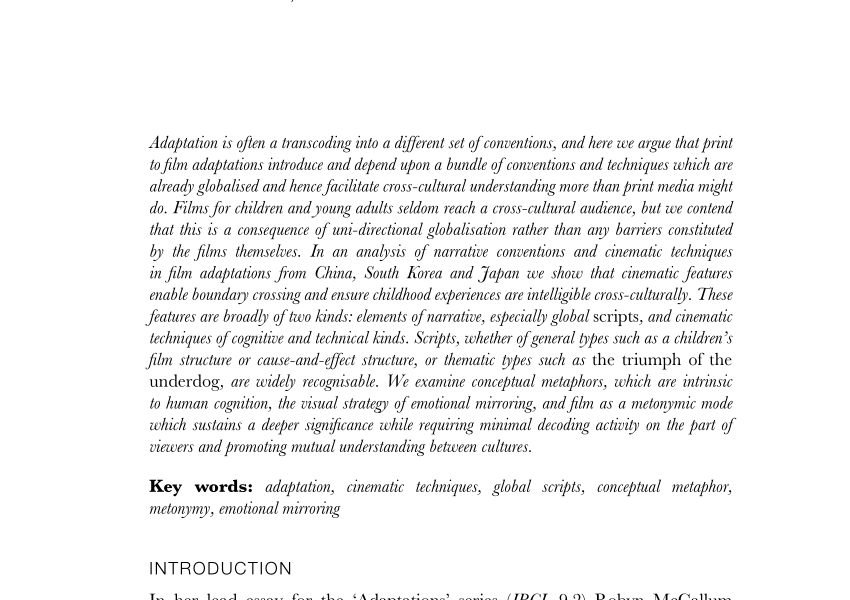The intersection of literature and film has been a rich breeding ground for creative expression, giving rise to some of the most beloved cinematic masterpieces. When a captivating novel makes its way to the big screen, the result is a unique blend of storytelling mediums. In this article, we explore the intricate relationship between literature and film adaptations, examining how the written word shapes and influences the visual narrative.
The Art of Adaptation: Turning a well-loved novel into a successful film requires a delicate balance between staying true to the source material and adapting it to suit the cinematic medium. Directors and screenwriters must navigate the challenges of condensing complex plots, capturing the essence of characters, and translating the author’s vision to the visual language of cinema.
The art of adaptation involves making creative choices that honor the spirit of the book while recognizing the inherent differences between literature and film. Some adaptations are faithful reproductions, while others take creative liberties to bring a fresh perspective to the story.
Literary Influence on Cinematic Storytelling:
Literature provides filmmakers with a rich tapestry of narratives, characters, and themes to draw from. The vivid descriptions in a novel often serve as a blueprint for the visual elements of a film, guiding the director in recreating the author’s imagined world. The characters, with their nuances and complexities, come to life on screen, embodying the essence of their literary counterparts.
Moreover, literature often explores profound themes and emotions that resonate with audiences. When successfully translated to film, these themes can evoke a powerful emotional response, creating a connection between the viewer and the source material. Whether it’s the exploration of love and loss or the triumph of the human spirit, literature provides filmmakers with a reservoir of timeless and universal themes.
Creative Choices in Adaptations:
Adapting a novel for the screen requires making strategic creative choices. Filmmakers may condense storylines, merge characters, or alter plot points to fit the constraints of a feature-length film. While purists may scrutinize changes to the source material, these creative choices are often necessary for the narrative to flow seamlessly on screen.
One notable example is the adaptation of J.R.R. Tolkien’s “The Lord of the Rings” trilogy. Director Peter Jackson made strategic decisions to condense and modify certain elements, ensuring a cinematic experience that retained the essence of Tolkien’s epic while catering to the medium’s constraints.











